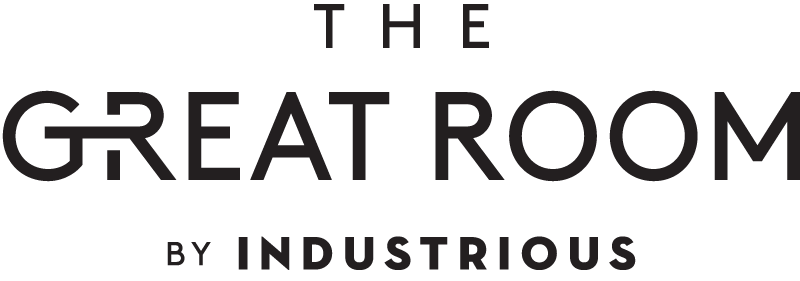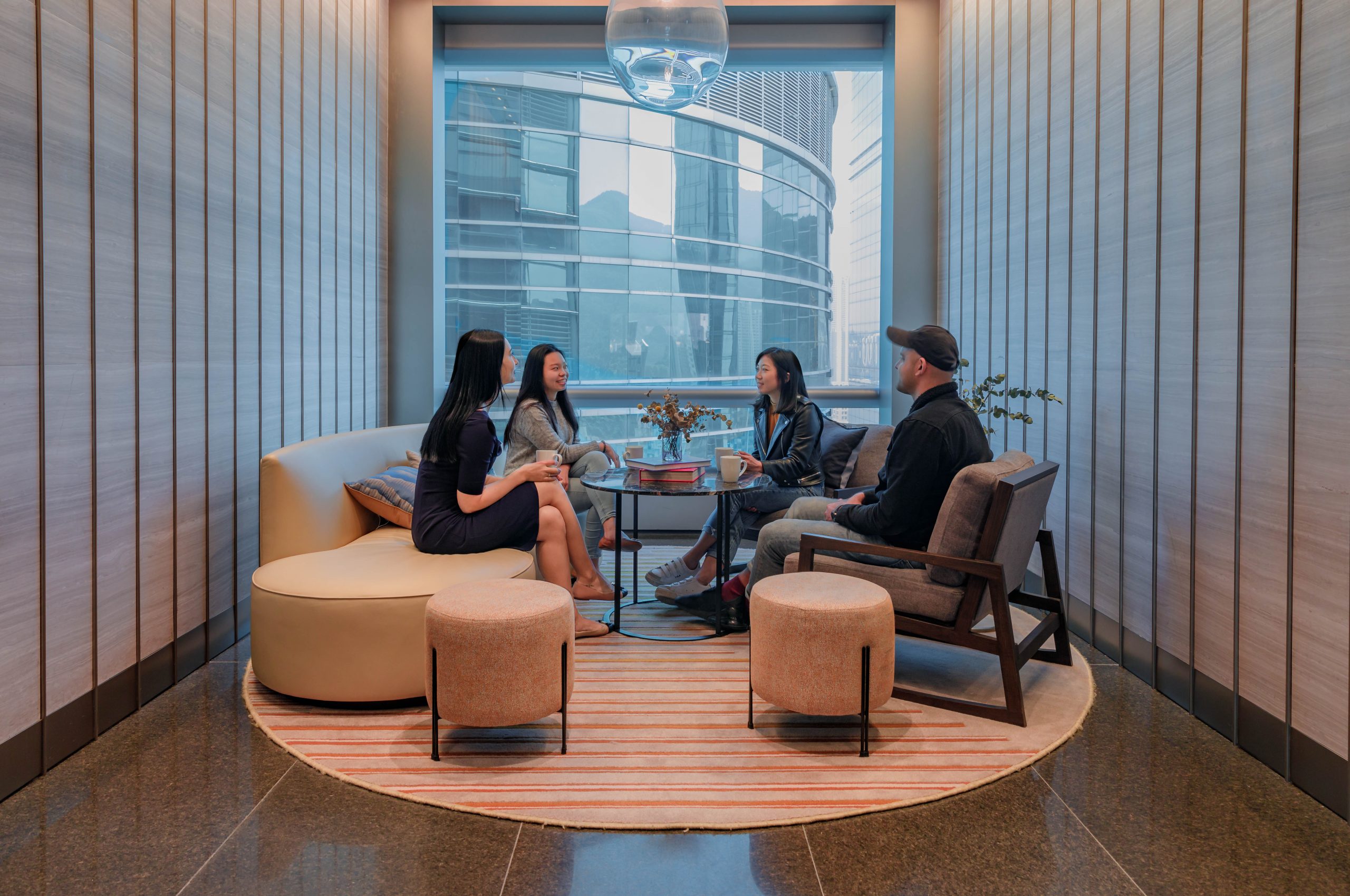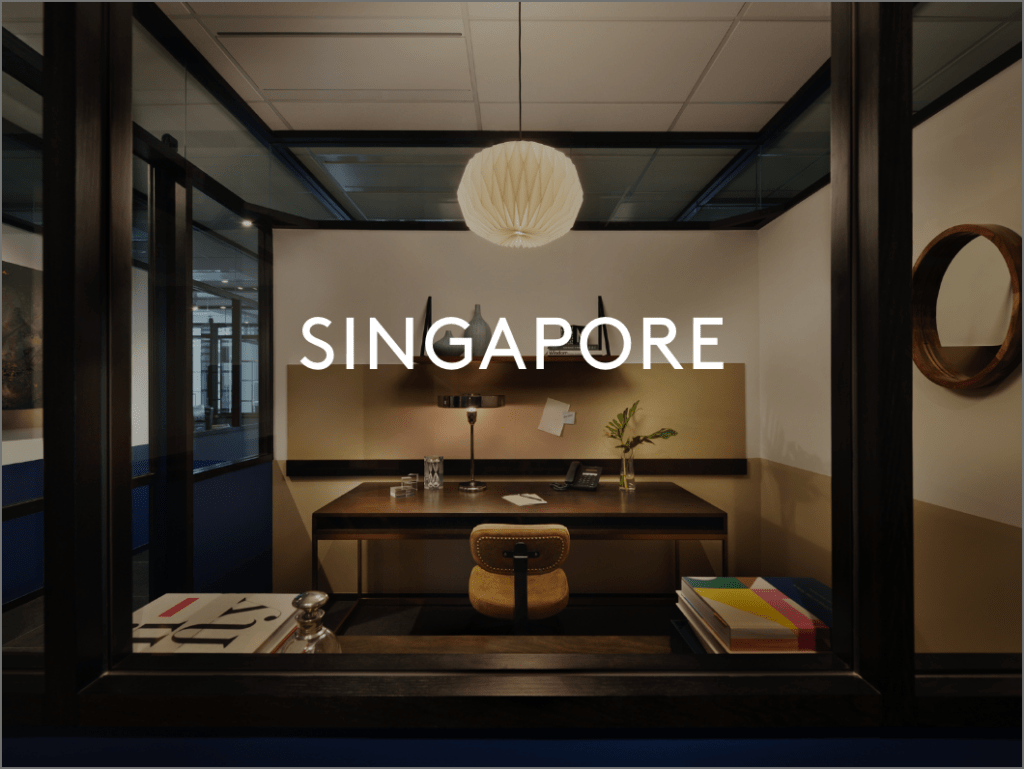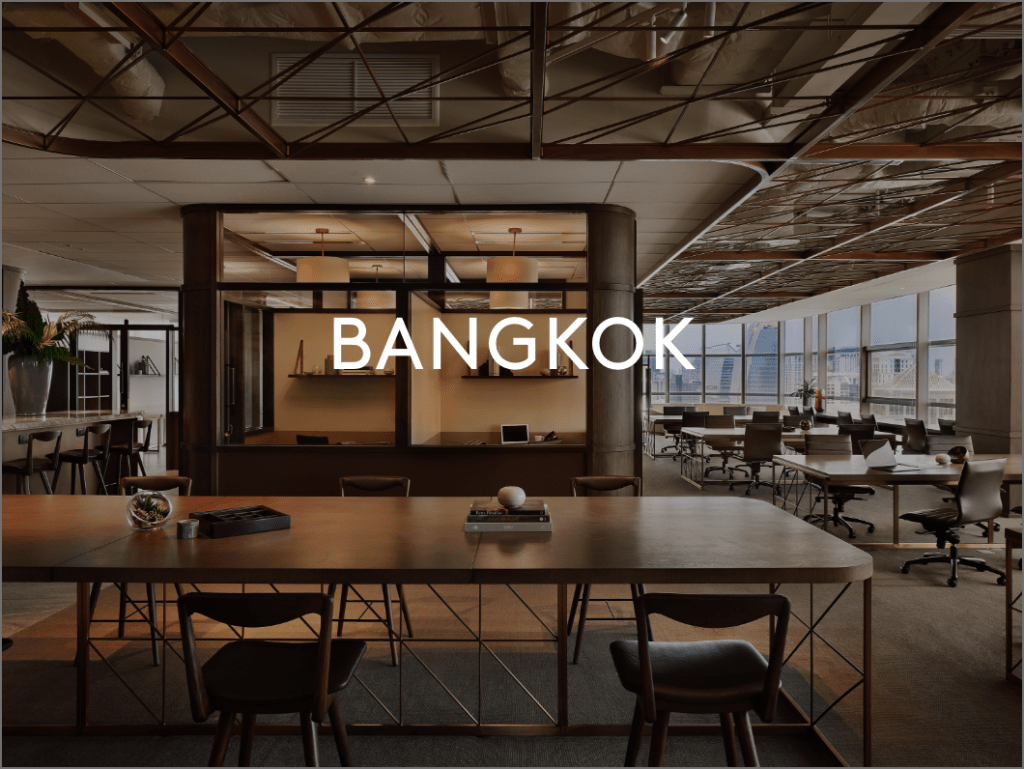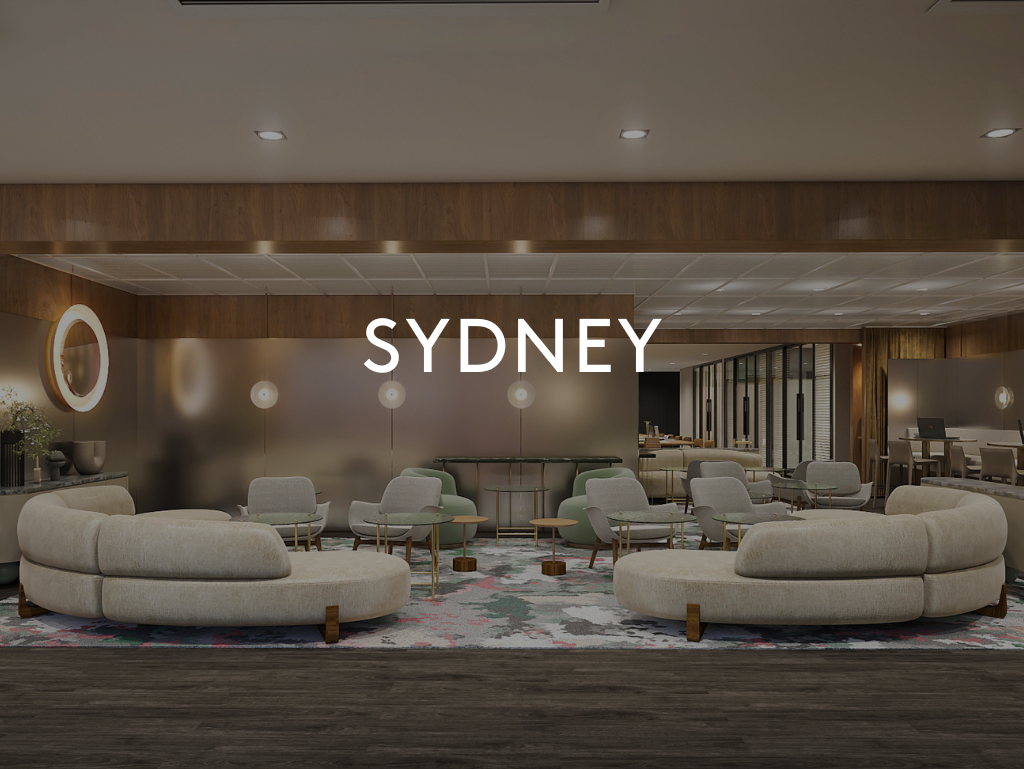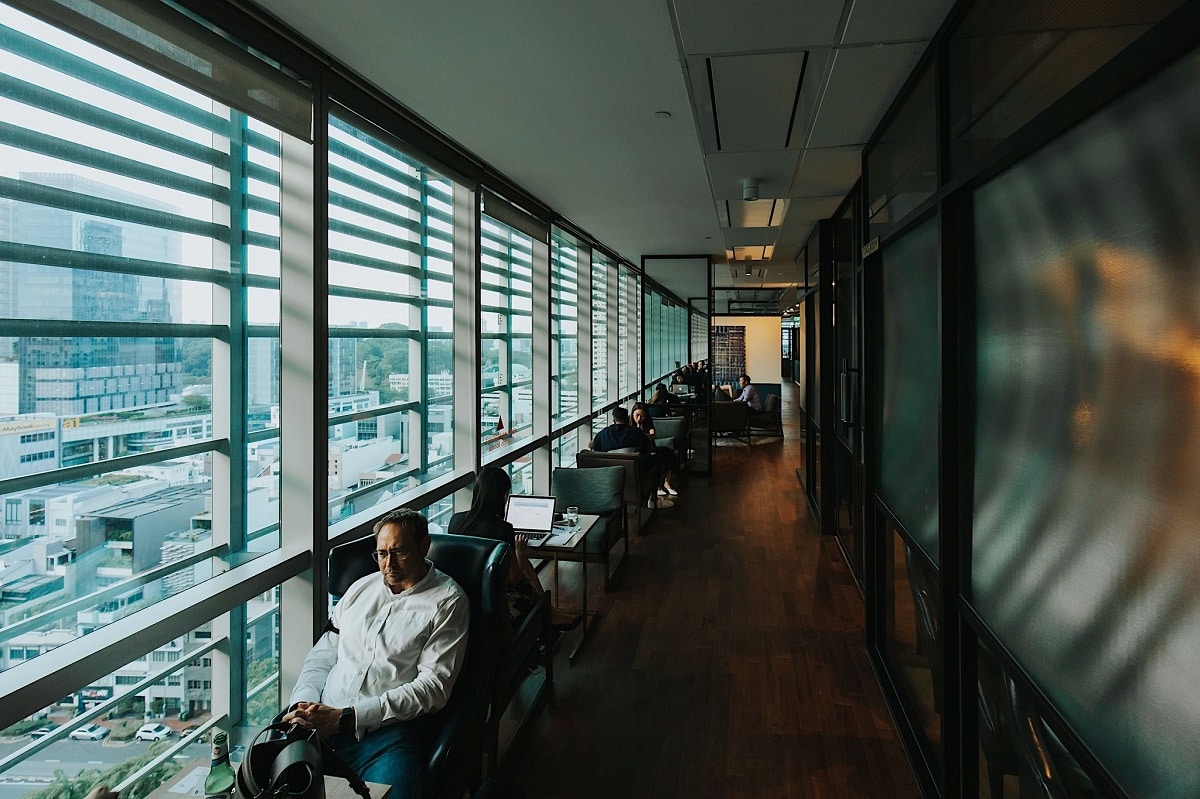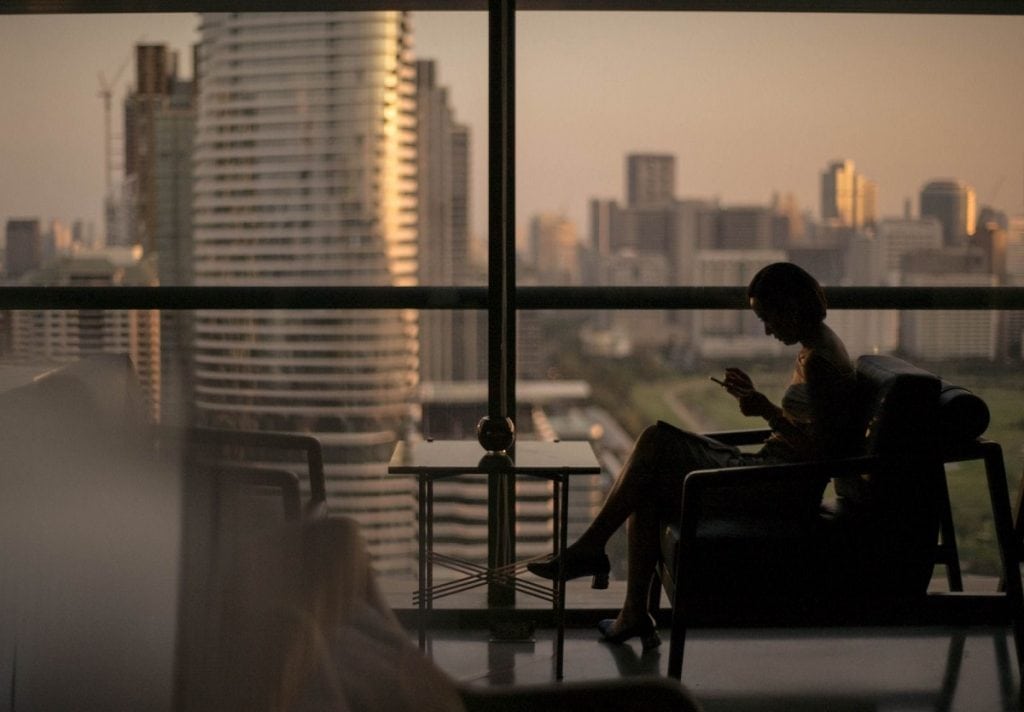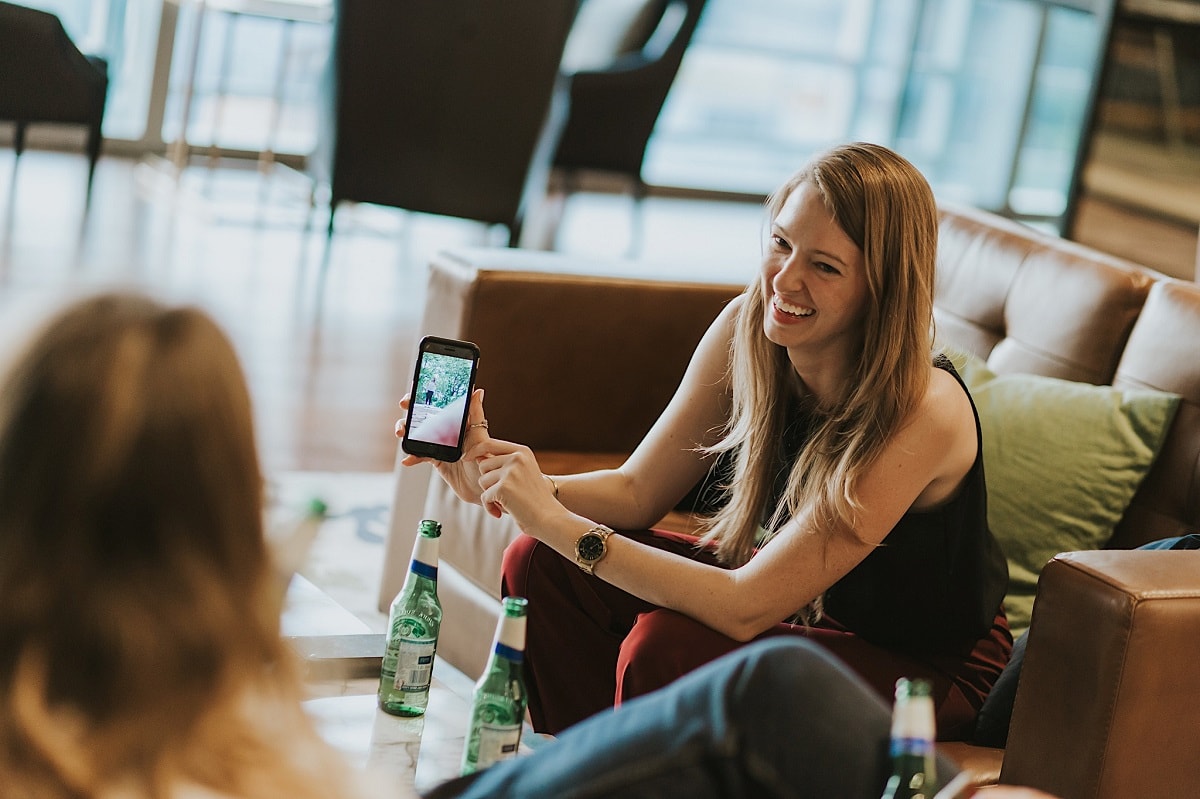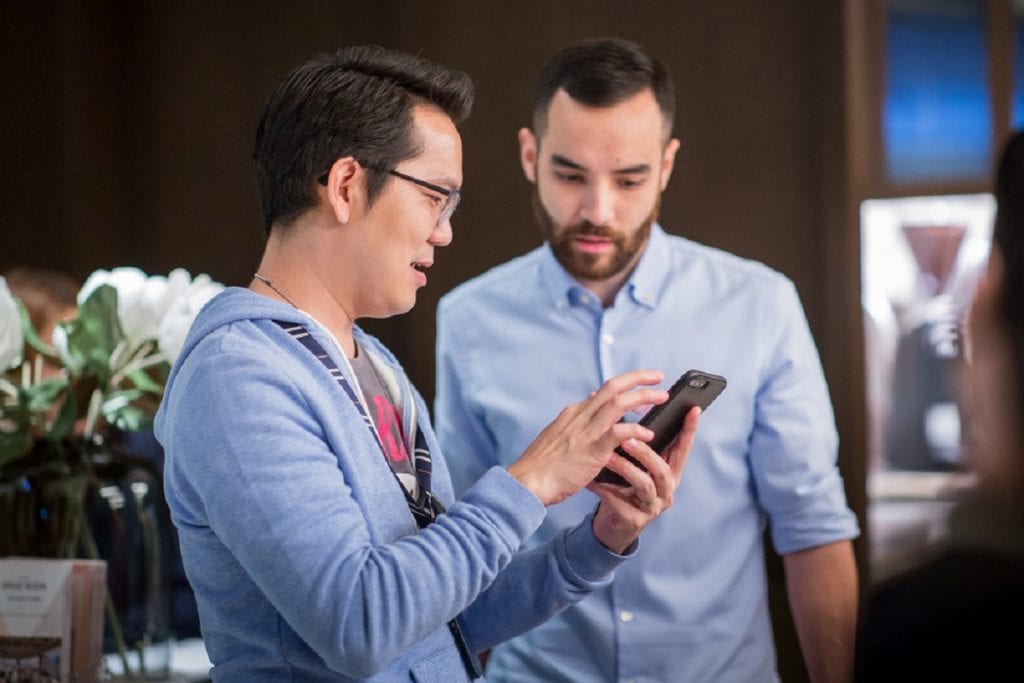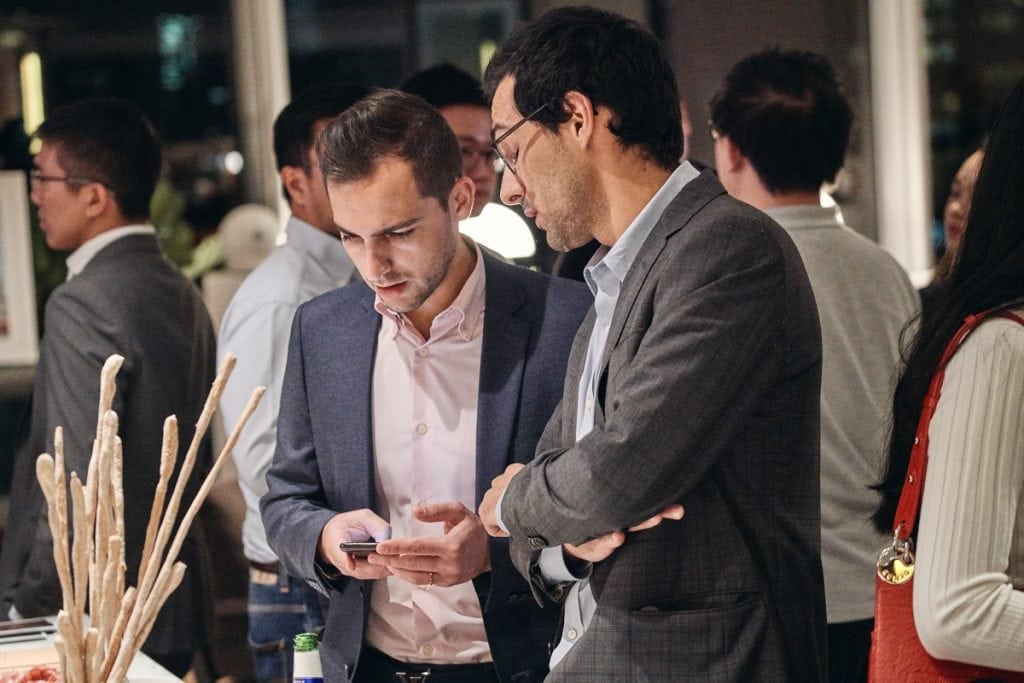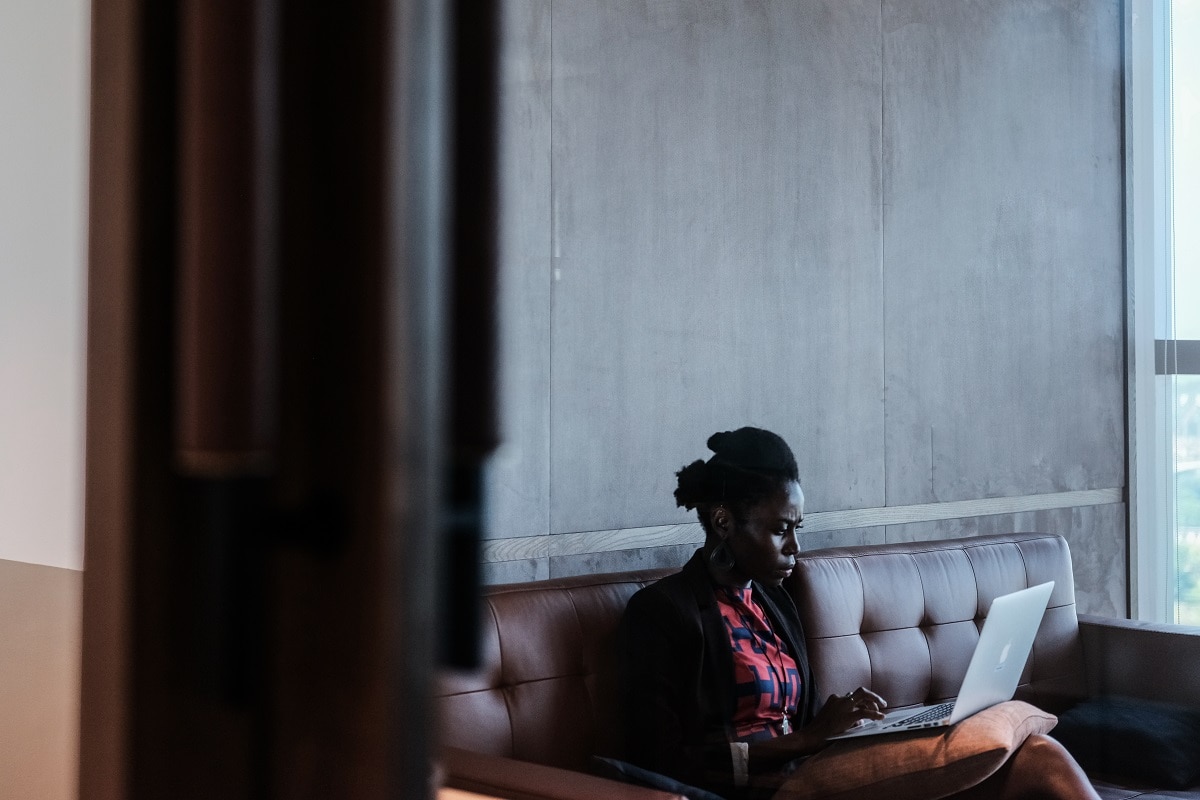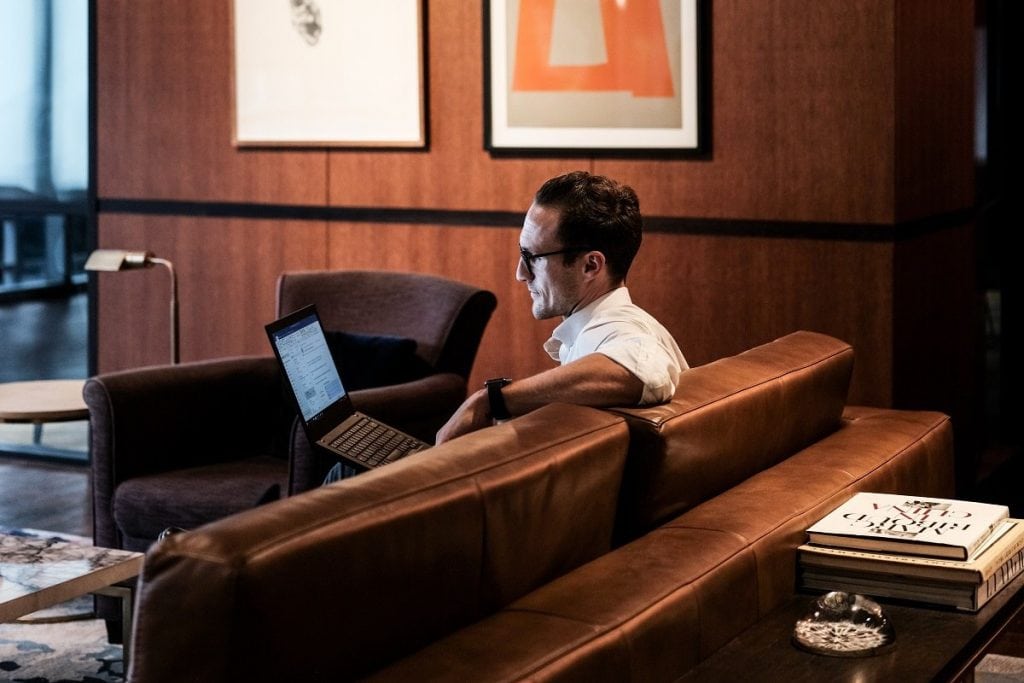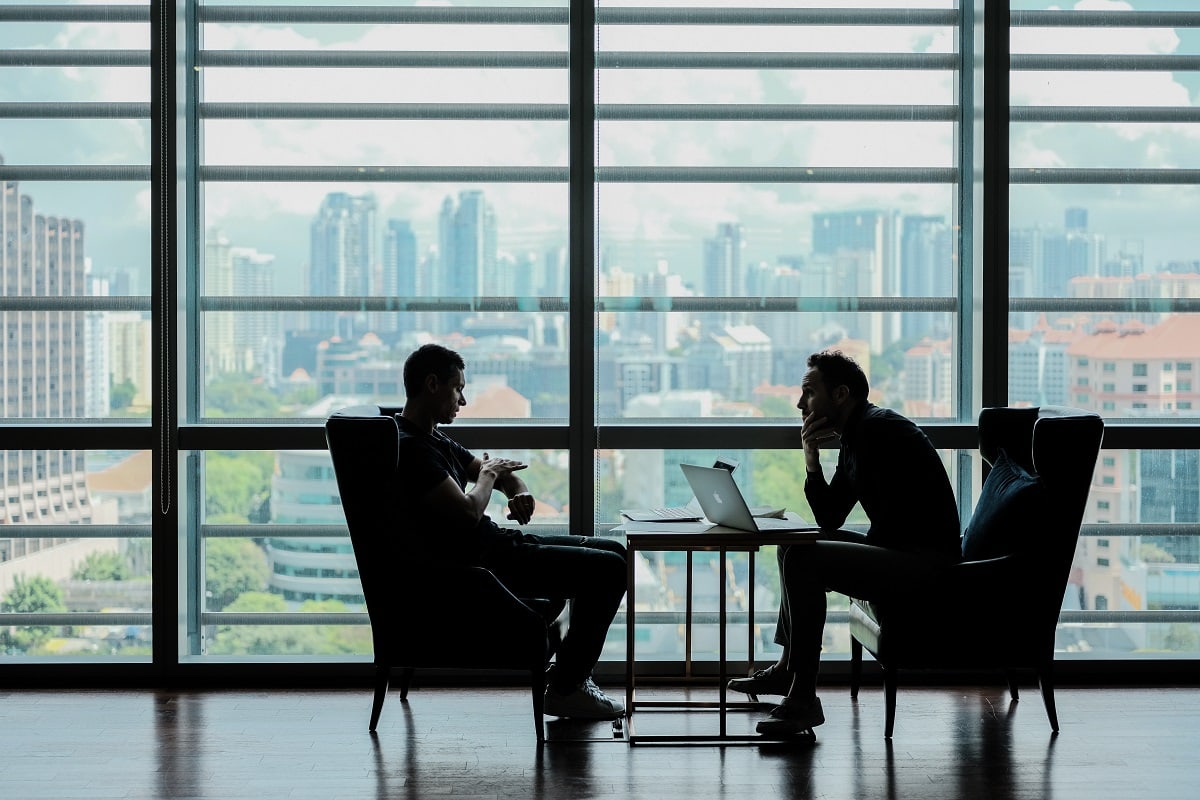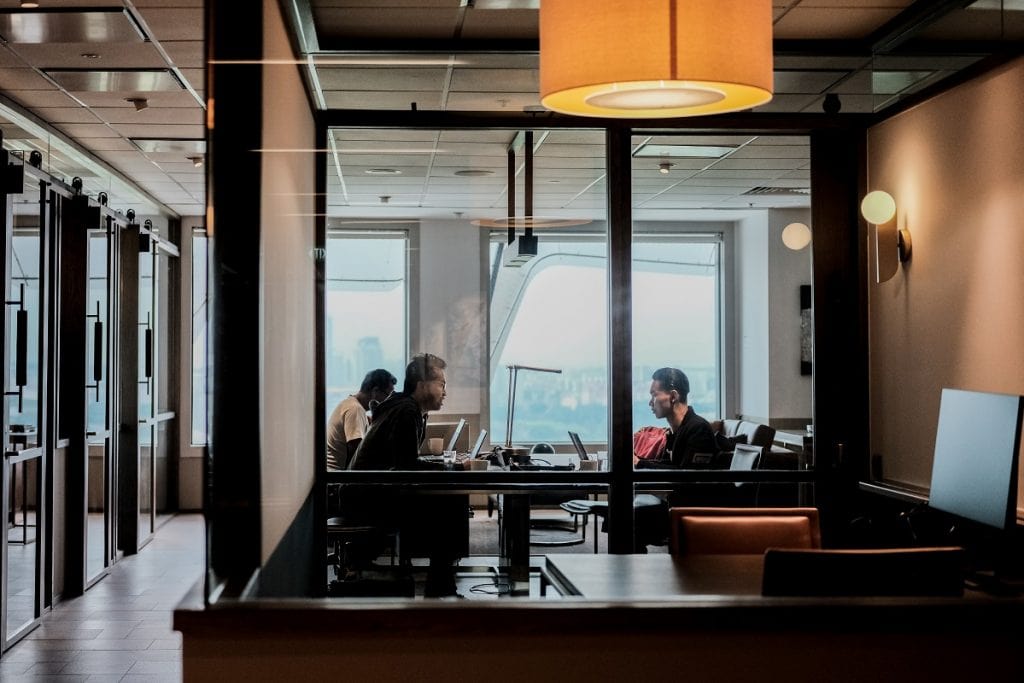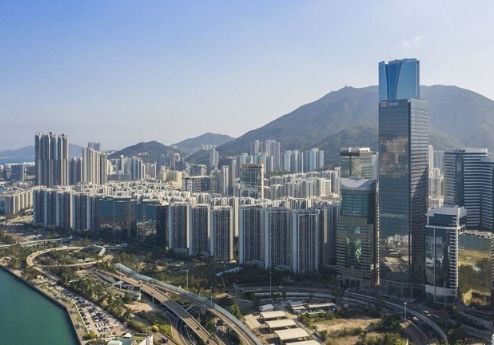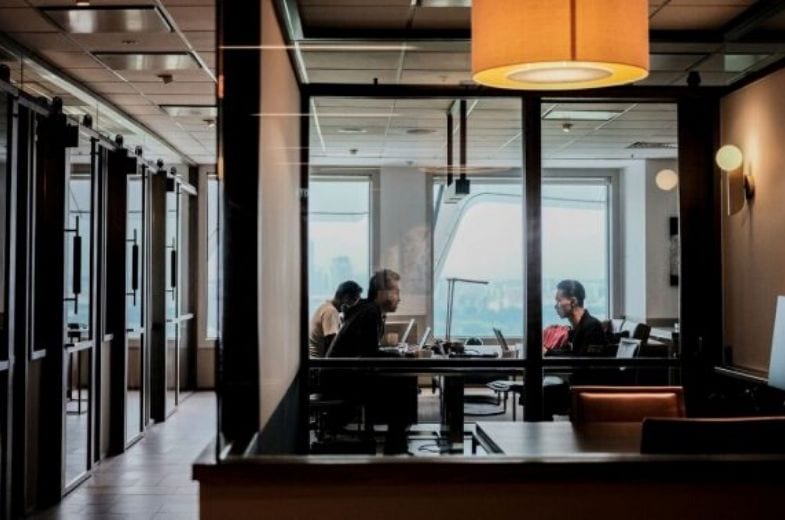For founders trying to focus on the bigger picture, coworking offers fully customisable, hybrid solutions that take care of all the details, so you can focus on what matters.
The last year and a half has been a rollercoaster ride of changes: companies were thrust into remote working, pivoting to operating online almost overnight. Since then, it’s been a push-me-pull-you scenario amid ever-changing distancing and numbers regulations. The constant shift, and the trajectory it ignited for the work-from-anywhere approach, have powered changes that were beginning to happen already, albeit slowly.
Businesses need to adapt their technology, and their people
As Kevin Sneader and Shubham Singhal point out in McKinsey Global Institute’s piece, “The next normal arrives: Trends that will define 2021 – and beyond”, the combination of Covid-19 and advances in digitisation and automation have been a potent one. They quote Microsoft CEO Satya Nadella, who said in April 2020, “We’ve seen two years’ worth of digital change in two months.”
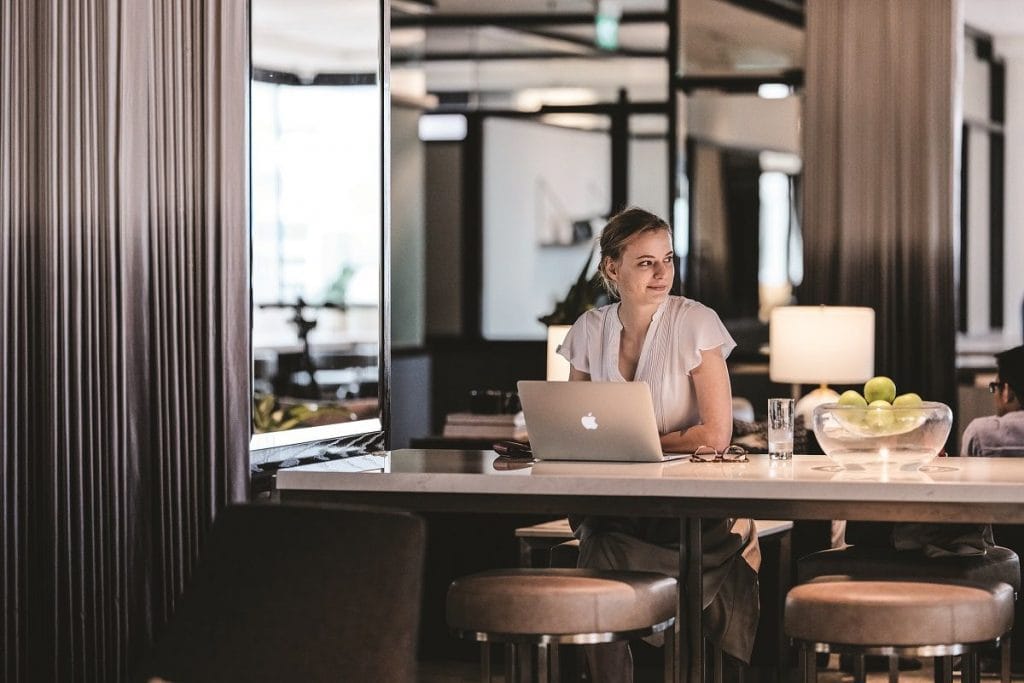
We’re not on the other side of this yet — what changes, then, are yet to come? While this is anyone’s guess, the consensus is that businesses need to be ready for change, and they need to be positioned for adaption.
The role of the office plays a significant role here. It looks like hybrid strategies that offer a mix of remote and in-office work are the way forward. As Sneader and Singhal argue, businesses also need to adapt their workforce “to the requirements of automation, digitisation, and other technologies.”
Coworking offers change-ready solutions
Organisations need solutions that reduce the burden: solutions that can adapt to them rather than the other way around. In particular, they need office solutions that are primed for change. This is the benefit of a coworking environment like The Great Room. Offering a mix of hot desking, fixed private offices and meeting space, The Great Room delivers flexibility: you choose the combination you need, and you can sign on for as long or as short a time as you want.
When compared with the rigidity of long-term office leases and fixed floorplates, coworking is a dream. With coworking, you’re no longer paying for empty desks and excess square footage you don’t need because half your staff are working remotely three days a week. At The Great Room, for example, there’s an in-house app that allows team members to book their desks in the office. This takes the load off office managers, and it reduces the risk of team members coming all the way to the office, only to find it’s at full capacity.
How coworking provides uncompromising solutions in real-life scenarios
Let’s look at a real-life example. AZOTELS Hospitality, a high-end hotel group founded by Adrian Zecha, needed a mix of privacy and connection in a vibrant work environment.
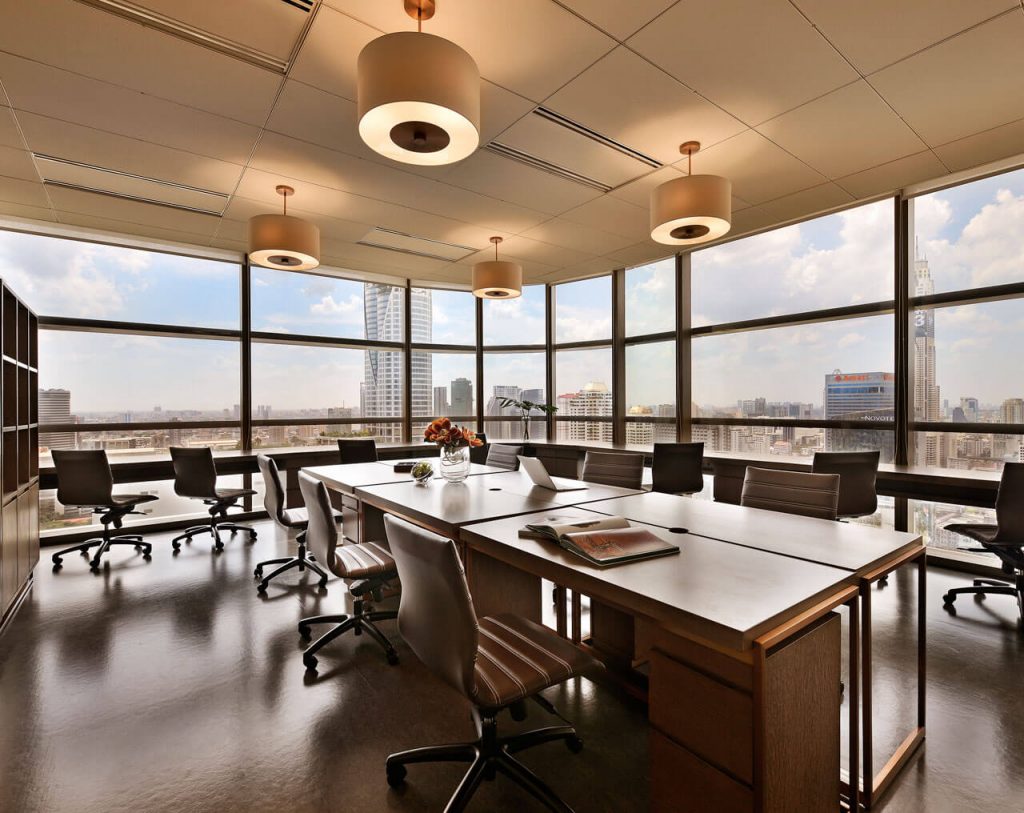
The Great Room in Bangkok was able to offer them a hybrid solution that matched their needs perfectly, setting them up with a private office, which supports confidentiality when they need it, as well as space in which to focus.
AZOTELS Hospitality also has hot desks, giving the team space to work in dynamic surroundings when they want to. “The Great Room delivered a turnkey solution that gave our hotel company the ability to scale without the initial overheads costs associated with a more traditional office set-up,” says Leanne Reddie, Commercial Sales & Marketing Director at AZOTELS Hospitality.
Plus, as their team grows, depending on the team’s needs, they can simply add more hot desks into the mix or move to a larger private office. In addition, the hospitality-driven nature of this coworking environment speaks to the AZOTELS Hospitality brand, making The Great Room the perfect partner. Says Reddie, “With the evolution of the working environment in this post pandemic era, The Great Room represents the office of the future.
Coworking provides on-brand settings and on-time support
In this way, The Great Room was able to quickly cater to AZOTELS Hospitality’s needs for a workspace in the right location, and one that felt on-brand. Indeed, this is one of the (many) perks of The Great Room: it’s luxurious enough to represent the quality of your brand to clients and stakeholders.
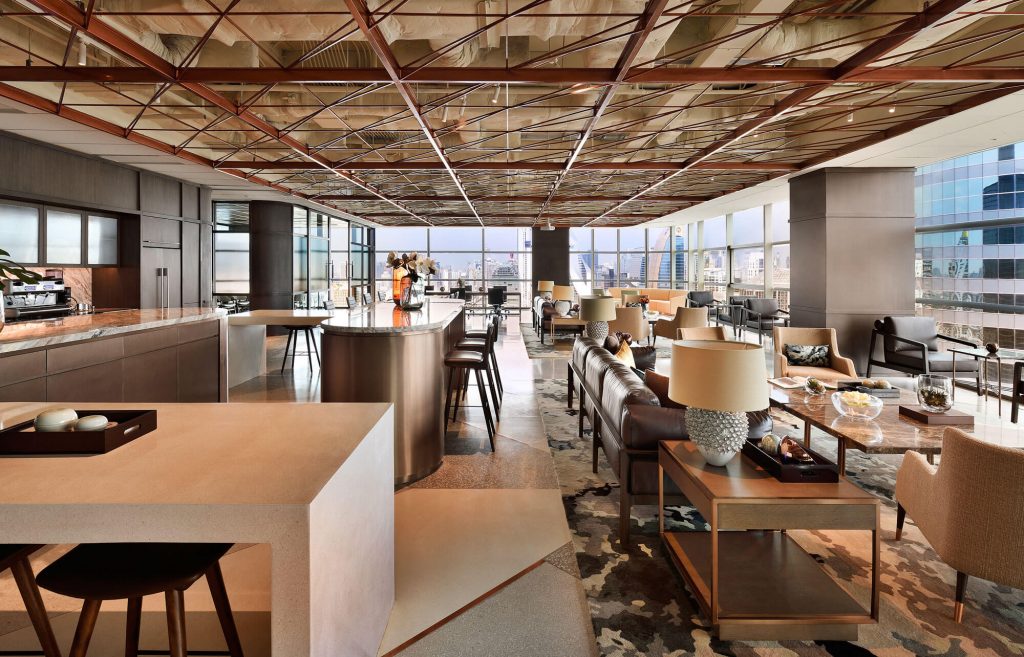
With facilities such as the ‘great room’ itself – that ultra-comfortable, stylish community space – premium in-house events, the barista-level coffee, as well as wellbeing spaces and outdoor areas at locations such as Afro-Asia, there’s a strong foundation from which to reinforce your brand and build corporate culture, as well as bolster employee engagement. All without management, marketing or HR having to lift a finger.
Support is another key benefit of coworking spaces. Premium coworking environments like The Great Room have expert, in-house support staff that are ready to handle any issues that come up – from helping with VC technology and booking meeting rooms and event spaces to adding extra desks when companies suddenly find unexpectedly high numbers of staff coming into the office.
For many organisations, it’s a weight off their shoulders to have someone else take care of the fit-out and all the admin associated with workspace. And, in the grand scheme of things, in a working world that’s constantly in flux, it’s details like these that make all the difference.
A Workspace That Moves With You
The Great Room by Industrious is coworking inspired by hospitality, with 150+ international locations across APAC, US and Europe where members have access to all workspaces in our global network.
Get in touch with us.
